Greek Symbols Page #2
This page lists all the various symbols in the Greek Symbols category.

Greek alphabet letters and symbols are used as math and science symbols.
Symbols in this category:
Ouroboros
The Ouroboros is a Greek symbol of a snake eating its own tail. This symbol represents infinity.
Peacock
Although indigenous to the Indian sub-continent, the peacock has spread far beyond its native land and acquired symbolic meaning in a number of diverse cultures.
Pi
The number pi (symbol: π) /paɪ/ is a mathematical constant that is the ratio of a circle's circumference to its diameter, and is approximately equal to 3.14159.
Pisces
Pisces (pron.: /ˈpaɪsiːz/, pis'eez; Ancient Greek: Ἰχθύες, "Ikhthues") is the twelfth astrological sign in the Zodiac, originating from the Pisces constellation. It spans the 330° to 360° of the zodiac, between 332.75° and 360° of celestial longitude, which in the Tropical zodiac the Sun transits this area on average between February 18 to March 20 each year.
Pomegranate
The pomegranate is a fruit with a very long history, both as a culinary staple and as a cultural symbol.
Poppy
The cultural importance of the poppy stretches back over 3000 years, and its symbolic associations are fairly well known to modern society. These associations can be divided into two broad categories, and there are several layers within each category that add to the flower’s significance.
psi
Psi is the 23rd letter of the Greek alphabet and has a numeric value of 700. In both Classical and Modern Greek, the letter indicates the combination /ps/ (as in English word "lapse")
Rod of Asclepius
In Greek mythology, the Rod of Asclepius (⚕; sometimes also spelled Asklepios or Aesculapius), also known as the asklepian, is a serpent-entwined rod wielded by the Greek god Asclepius, a deity associated with healing and medicine.
Sagittarius
Sagittarius (Greek: Τοξότης, "Toxotes", Latin: "Sagittarius") is the ninth astrological sign, which is associated with the constellation Sagittarius. It spans the 240-270th degree of the zodiac, between 234.75 and 270 degree of celestial longitude, which the Sun transits on average between November 23 to December 20 each year.
Scorpio
Scorpio (Greek: Σκορπιός, "Skorpios", Latin: "Scorpio") is the eighth astrological sign in the Zodiac. It spans the 210-240th degree of the zodiac, between 207.25 and 234.75 degree of celestial longitude, an area which the Sun transits on average between October 23 and November 22 each year, linked to the constellation Scorpius.
Staff
The exact meaning of this symbol is somewhat convoluted, but variations of it have been designated as the "staff" of a number of ancient deities.
Staff (alternate)
The exact meaning of this symbol is somewhat convoluted, but variations of it have been designated as the "staff" of a number of ancient deities.
Stag
When it comes to symbolism, the "stag" possesses a separate set of meanings from the “deer”, so this article will only address the former.
Taurus
Taurus is the second astrological sign in the Zodiac. It spans the 30-60th degree of the zodiac, between 27.25 and 54.75 degree of celestial longitude, which the Sun transits this area on average between April 21 to May 22 each year.
Citation
Use the citation below to add this symbols category to your bibliography:
Style:MLAChicagoAPA
"Greek Symbols." Symbols.com. STANDS4 LLC, 2024. Web. 23 Nov. 2024. <https://www.symbols.com/category/1/Greek+Symbols>.




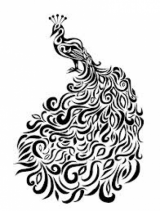




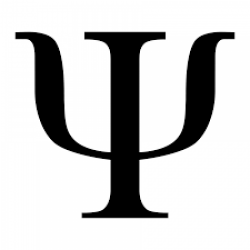



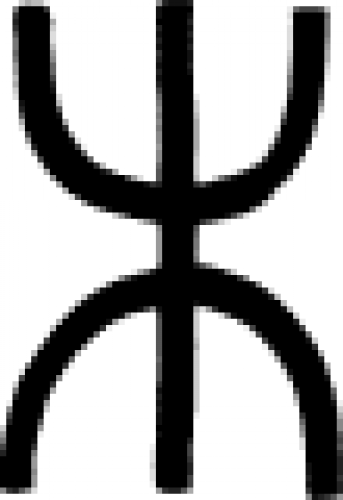
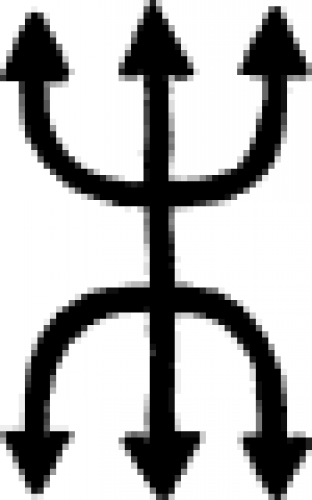
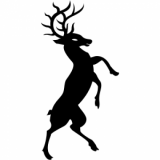

Have a discussion about the Greek Symbols category with the community:
Report Comment
We're doing our best to make sure our content is useful, accurate and safe.
If by any chance you spot an inappropriate comment while navigating through our website please use this form to let us know, and we'll take care of it shortly.
Attachment
You need to be logged in to favorite.
Log In